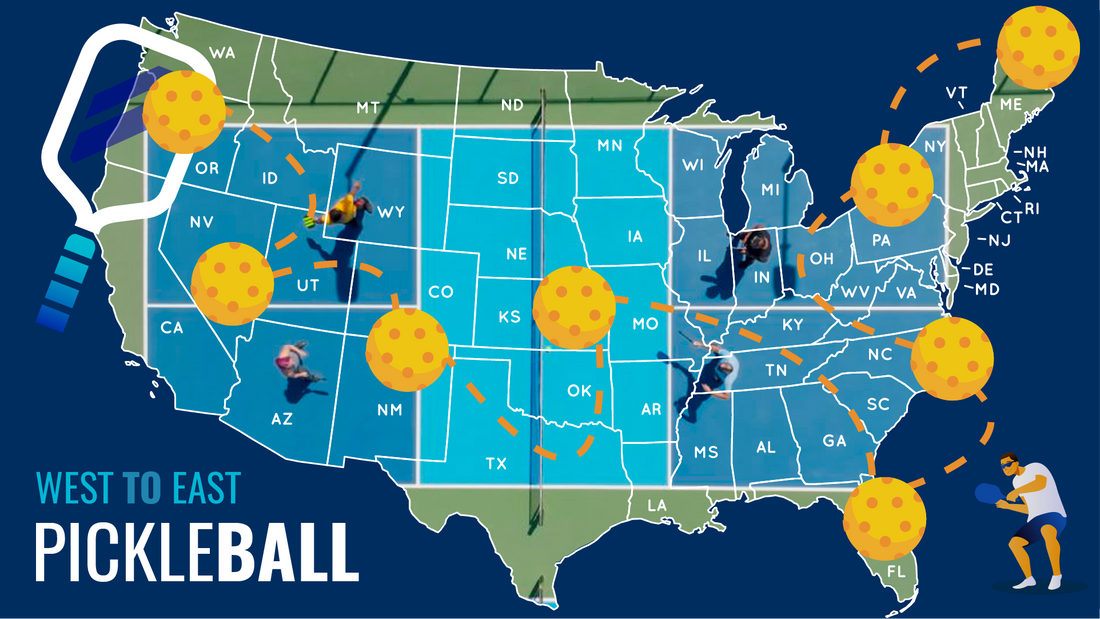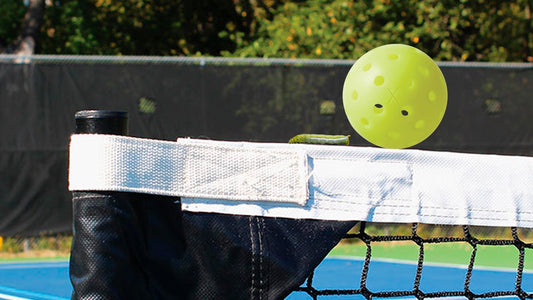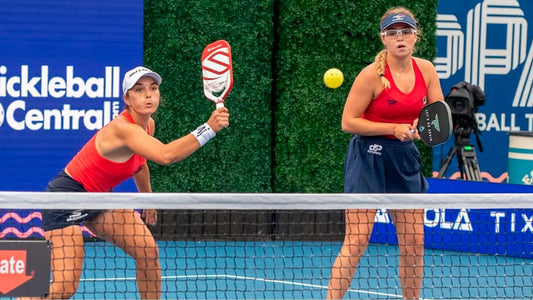
How Pickleball Traveled from the West Coast to the East
Share
“Pickleball was never about competition. It was about connection. That’s why it spread so far, so fast.” — Barney McCallum, pickleball co-creator
Pickleball may be America’s fastest-growing sport today, but it started quietly in 1965, on a shaded property on Bainbridge Island, Washington. What began as a backyard boredom fix for three families has become a coast-to-coast cultural phenomenon. But how exactly did pickleball make the leap from a few homes in the Pacific Northwest to tens of thousands of courts across the entire country?
The answer lies in how communities carried the game with them—first by accident, then with purpose.
Phase 1: From Bainbridge to the West
After its invention, pickleball’s early years were hyper-local. Washington, Oregon, and Northern California saw the game pop up in PE classes, YMCAs, and community centers by the 1970s. The sport gained slow momentum as the original families introduced it to friends, neighbors, and vacationers.
By the 1980s, the first permanent pickleball court was built in Washington. Word was spreading, especially among older adults who appreciated the low-impact cardio and social play.
Phase 2: Southwest Expansion via Retirement Living
The game exploded in the Southwest, thanks to one key factor: snowbirds.
Seasonal retirees from states like Washington and Oregon began wintering in Arizona, New Mexico, and Southern California, where retirement communities began converting underused tennis courts into multi-use spaces. Places like Sun City Grand in Arizona became hotbeds for pickleball, with local residents falling in love with the game and bringing it home with them to states like Wisconsin, Minnesota, and Michigan.
Phase 3: Florida Becomes a Beacon
By the early 2000s, The Villages in Florida had built dozens of pickleball courts—more than any other community in the country at the time. As one of the largest retirement communities in the world, The Villages introduced the sport to tens of thousands of residents, many of whom split their time between Florida and the Northeast.
As those residents returned to Pennsylvania, New Jersey, and New York each summer, they demanded pickleball courts in their local parks and clubs. City officials and rec departments listened, sparking an East Coast pickleball boom that gained speed by the late 2010s.
Phase 4: Local Clubs and National Structure Connect the Dots
What really connected the coasts was the rise of formal competition. The USA Pickleball Association, founded in 2005, created a centralized set of rules and helped launch tournaments across the country. Soon, regional leagues, state associations, and rec leagues created local momentum in states like:
- North Carolina, where the parks departments led court construction
- Virginia, which added pickleball to school PE programs
- Massachusetts, where urban “pop-up courts” brought the sport into Boston and beyond
Pickleball was no longer spreading—it was multiplying.
Today: Played Coast to Coast—and Everywhere In Between
By 2024, pickleball had more than 20 million players in the U.S. alone and permanent courts in every state. But its journey from west to east wasn’t powered by advertising or influencers. It was powered by everyday people who picked up a paddle, fell in love with the game, and brought it home.
See you on the courts!



